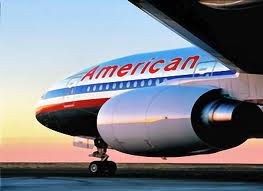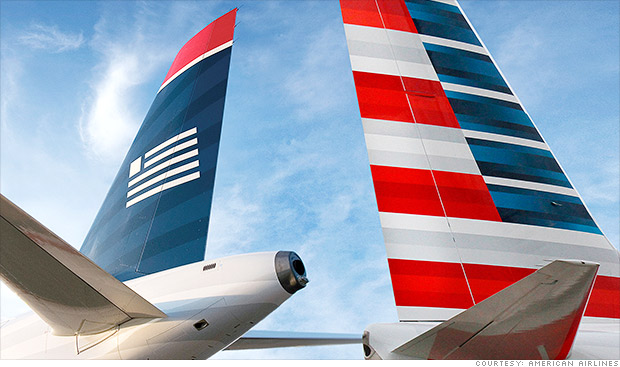The creation of the world’s largest airline was inevitable.
Now that the U.S. Justice Department has approved the merger between American Airlines and US Airways, it’s a win-win for both Washington and what’s soon to be the world’s largest airline. So who are the losers? The flying public, obviously.
The government permitted the merger under the conditions that the “New American Airlines” scale back operations at Reagan National and La Guardia and cede gates in Boston, Chicago, Dallas, Los Angeles and Miami to low-cost carriers like JetBlue and Southwest.
Valiant effort, but hardly sufficient enough to ignite competition and keep fares down. And what about smaller markets like Phoenix, Charlotte and Philadelphia? Airfares will undoubtedly rise, as the merger will give American Airlines 336 destinations in 56 countries. Furthermore, US Airways is a legacy carrier that is very aggressive in international travel. When it conjoins with American, it will no longer offer competitive pricing in Business and First Class International travel.
Although the merger will be complete by the end of the year, passengers won’t notice any immediate day-to-day changes until after January. The airlines will likely combine frequent-flyer programs and honor each other’s elite status, but beware: the moment US Airways exits Star Alliance and joins Oneworld Alliance, award opportunities will be lost. So if you’ve been collecting points to use on Star Alliance carriers (including airlines like Lufthansa and All Nippon), cash out now, says travel columnist Joe Brancatelli.
And for the future: Brancatelli predicts that the two airlines will wait until the first weekend of March 2015 to merge its passenger-service computurs to begin operating under a single brand name. Hopefully they learned from the debacle that was the United/Continental Airlines merger, but nonetheless, be weary of booking flights that weekend—just in case.

 Save up to 60% on Business Class. Call 1-800-435-8776
Save up to 60% on Business Class. Call 1-800-435-8776


Leave A Comment